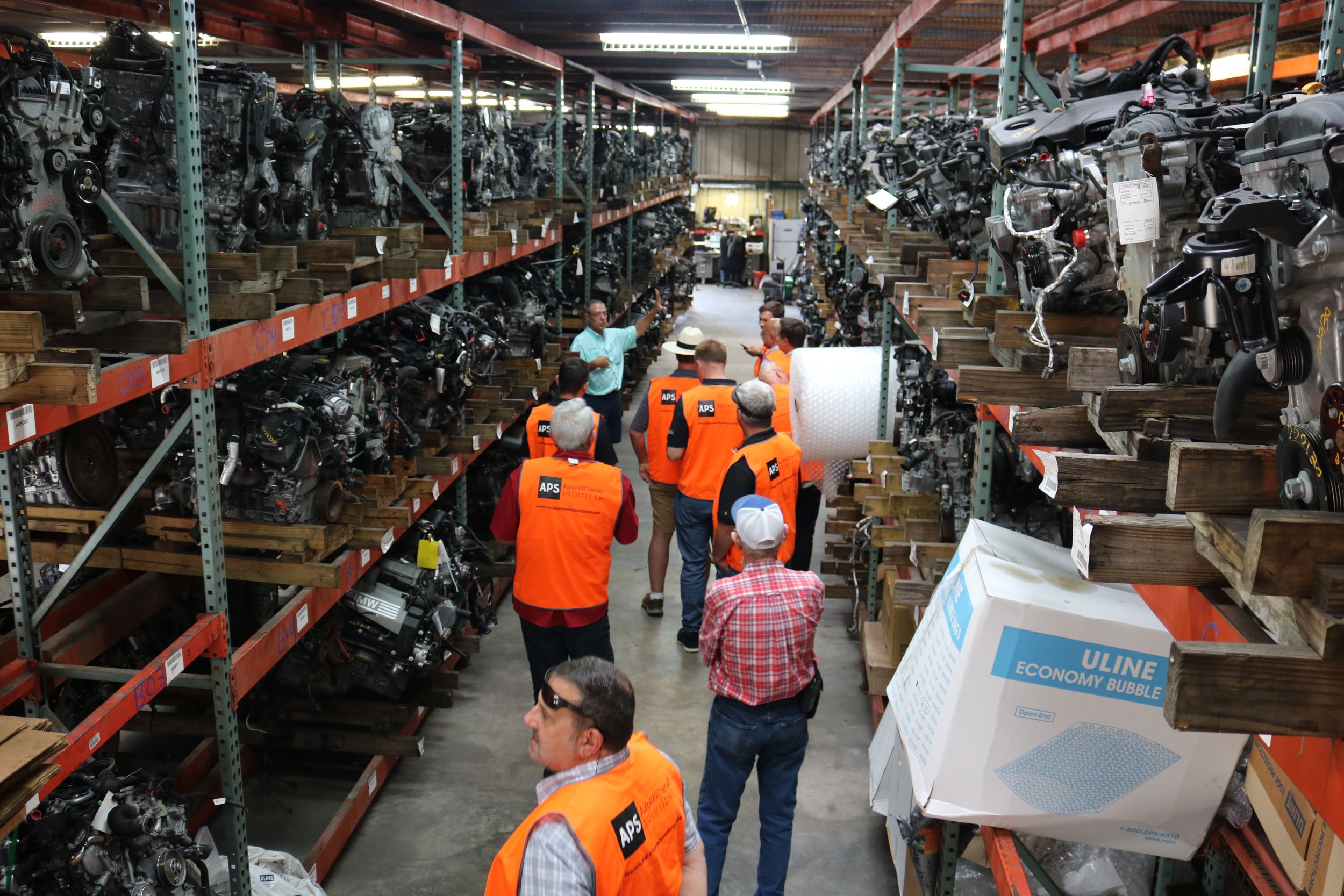Size DOES Matter…?
Whilst on our recent yard tour in Florida and in fact with all the yards I visit across the world, I see a huge range of different facilities.
What I have noticed is that physical yard size does not necessarily determine turnover size.
BUT, size DOES matter.
IF the business is designed to suit the respective property size.
I saw this firsthand when I was involved in the family business. Before the compulsory acquisition by the Victorian Government of an area of land capable of holding circa 1,000 vehicles, all the land was used to store salvage.
In 80% of the cases, these vehicles were stored because the land was cheap and the space was available, NOT because the business was able to extract much more value from these vehicles, but just because it could.
After the land was no longer available, the business could only hold 10% of the vehicles it previously did.
Catastrophic right? Well not necessarily.
The constraint, in this case size, meant that we had to adapt in many ways. Other than the operational changes needed to continue running the business, one of the biggest changes in this scenario is a change in buying.
Of course, you cannot continue buying the volume you are used to, so buying needs to be more strategic, which is a great thing. I know this is somewhat counterintuitive, as we have been brought up in an industry that has always seen more stock = more sales.
And, in theory this is true, unless you think about buying inventory differently and change your buying methods.
And this is exactly what we did. So, for the purpose of demonstration, let's think of it like this, and please note these are theoretical numbers just to demonstrate how one can adapt a business to suit your size constraint.
No size constraint
Buy: 50 vehicles a week, for $1,000 each, so a total spend of $50,000.
Sell: $2,000 off of each vehicle (50% COGS), so total sales of $100,000.
Result: $50,000 in gross margin on salvage purchases
With size constraint
Buy: 10 vehicles a week, for $5,000 each, so a total spend of $50,000.
Sell: $10,000 off of each vehicle (50% COGS), so total sales of $100,000.
Result: $50,000 in gross margin on salvage purchases
So, everything balances out in the wash-up?
Well, there's more than meets the eye with the numbers here. Yes, the gross margin is the same, but have we thought of the impact this size constraint and resulting lower number of vehicles we need to process has made to costs?
Do you need as many dismantlers to process 10 vehicles a week as you do to process 50?
Is the cost of rent lower when you only have 20% of the land you used to have?
Do you need as many hoists?
Tools, forklifts, uniforms....?
The net margin in fact can increase if you look at the size constraint as an opportunity.
The beauty of having an imposed size constraint (or most other constraints for that matter) on the business is that you have no option but to innovate, think more strategically and find solutions.
I would go as far as recommending you challenge yourself, and at a minimum, consider some self-imposed 'what if' constraints. What if you only had half the land? What if you only had half the budget to spend on salvage? What if you could not find more staff?
For every 'what if', challenge yourself to come up with a solution.
Not only will this exercise help you think differently, I bet you that you will actually see the benefit of imposing some of these self-imposed constraints and subsequent solutions to your business because they will improve your bottom line.
Yes, of course size matters, but only as much as you choose to focus on what was and not on looking for the solution.
If you want to chat about this in the context of constraints that you are facing in your business, whether they be property size, human resource, cash flow, please feel free to reach out to me at chris@autopartneredsolutions.com or +61 411 743 560

